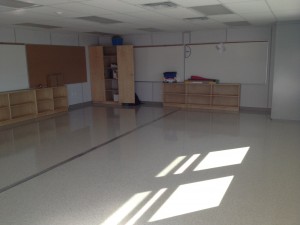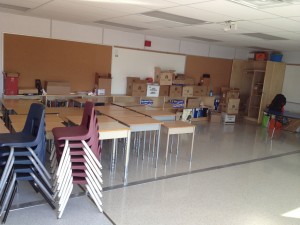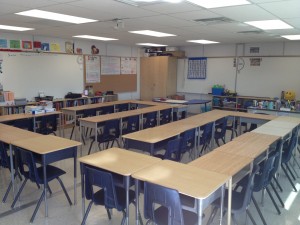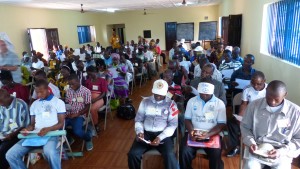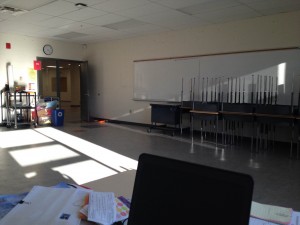 Homework (shudder). It’s like two perfectly decent four letter words have conspired to become super villainous by joining forces. For most students, it’s part of a nightly ritual.
Homework (shudder). It’s like two perfectly decent four letter words have conspired to become super villainous by joining forces. For most students, it’s part of a nightly ritual.
I get it. My parents used it as a polygraph test, of sorts when I was younger, by asking the same question after school each day.
“Did you do your homework?”
We’ve all had to go through it, but now as teachers we must wrestle with the pros and cons of having to assign it to our learners…or not.
So as the year begins and questions of “To assign homework or not to assign homework?” bandy around staff meetings and grade teams. I want to share some personal thoughts on this 2 x 4 letter word and ask you to reflect on how you use it in your learning spaces?
Homework is not always where the heart is.
I love home, and I like work. For me, home is a place of relaxation, retreat, and support among family. Work is my home away from home. I have a family of caring colleagues and a classroom filled with students in possession of boundless potential. However, when it comes to homework I feel that things have changed since I was a student. My memories of homework hearken back to 1000s of pages of banal reading from largely outdated textbooks which I like to call knowledge coffins, redundant work sheets, and largely irrelevant content which seemed disconnected from my life.
Like all the good learning soldiers in my day. I did it, knowing of no alternatives. I wonder whether we gained any advantage from the discipline in completing assigned tasks, or lost a little of our desire to learn for never asking why we were doing it and where it would matter to me?
In my class when homework is assigned, it must be relevant to a larger idea that requires consideration beyond the classroom. That might mean asking students to lead a conversation at the dinner table or on the way to hockey practice with a captive audience. I remember assigning my Grade 5 Social Studies class the task of asking their parents, “What they would change about the government?” followed by, “Why do we need the government?” the next night. The conversations that resulted allowed students to lead, share, and gather ideas as they build on in class concepts/schema and then were able to take it back home to add on a broader family perspective. When they came back to school their responses were rich, often humourous, and engaging. Mission accomplished.
Some Irreducible Minimums
I do assign something for students every night, 30 minutes, or more, of reading. Don’t judge me! This is non-negotiable. Students do not have to show me proof, but are expected to develop their own positive habits around reading, its genres, and via any media of their choice.
Additionally, I’ve created and assigned flipped lessons using TED Ed as homework. Students view the lesson content, get to look at the guiding questions, and are able to browse additional resources to establish initial understandings on a topic. When we tackle the work the next day, my students are already familiar with the concept having prepared for it the previous night. I can track their progress via the TED Ed Lesson platform and provide feedback and next steps too.
On other occasions I have encouraged students to help out with the dishes or with other chores without being asked. The results have been so positive for everyone after the initial groans. But hey, they groan when you assign homework too. Perhaps it’s time to rethink the purpose of homework? Kids can thank changes in socio-economics, urbanization, and the Space Race.
It’s only since the early 20th century where homework became de rigueur in education. Even then the fervour in its favour continues to ebb and flow. We have to remember most kids were working at home before and after school to help their families. It’s what people did. There wasn’t time especially when there were chores to do.
Nowadays, more and more students enjoy a quality of life, and abundance of free time far removed from their homework deprived agrarian predecessors. Instead, students are filling their evenings with music lessons, participation on one or more sports teams, tutoring, and or second language classes. With all of the extra-curricular activities there is little time left at the end of the day when homework is added into the mix. I’ve had students say to me they couldn’t complete work citing one or all of the above reasons.
In a his post on homework from earlier this year, Mike Beetham shared a powerful experience in his piece Homework or No Homework. I love the consideration he puts into his practice. The final lines of this post serve as guidelines, encouragement, and validation of the educator’s ability to use professional judgement when it comes to assigning homework.
“Homework for the sake of homework is not a productive component to any student’s learning. It must have a specific purpose that is helping meet the targeted academic outcomes of the classroom.”
How about you? Where does homework fit in with your pedagogy? Do you assign it to placate parents who insist their child have something to do at night? Do you vary the work from subject to subject each night? How do students who are chronically unable to complete homework get supported? Is the work you assign traditional in the sense of reading and responding to questions in writing? Do you post work via electronic classrooms or other apps?
If you’d like to discuss more about this post or learn more about TED Ed please take time to comment and I’d be glad to share more with you. Reach out via Twitter or below. Thank you for reading this post.

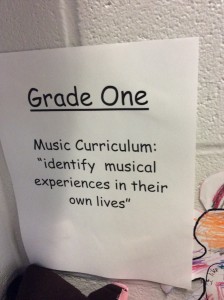
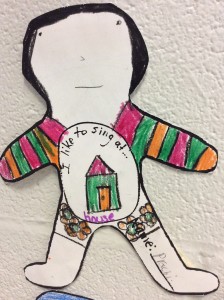
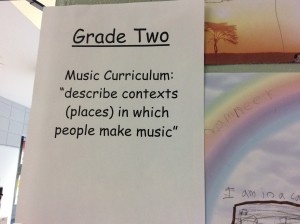
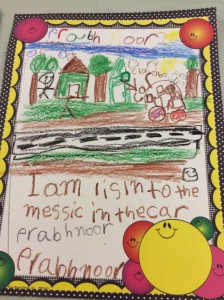
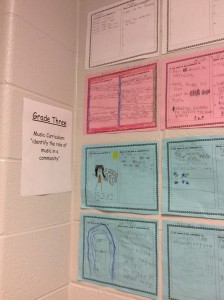
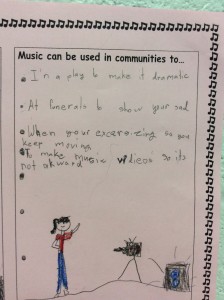
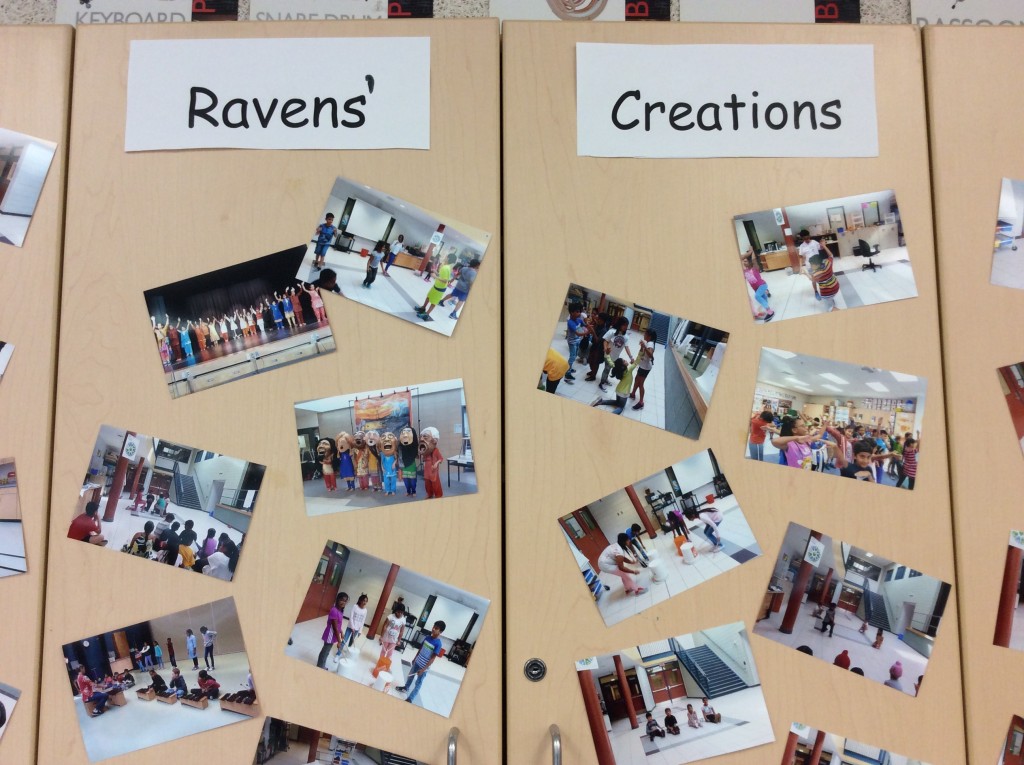
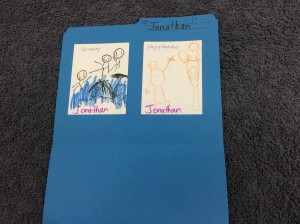
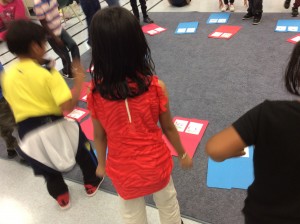
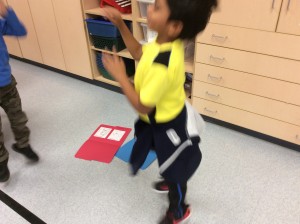

 n to plan out the sequence of skill introduction. This years’ initial class needs have me focussing in on developing the ability to handle scenarios that do not go their way and result in them becoming argumentative about winning and losing.
n to plan out the sequence of skill introduction. This years’ initial class needs have me focussing in on developing the ability to handle scenarios that do not go their way and result in them becoming argumentative about winning and losing.